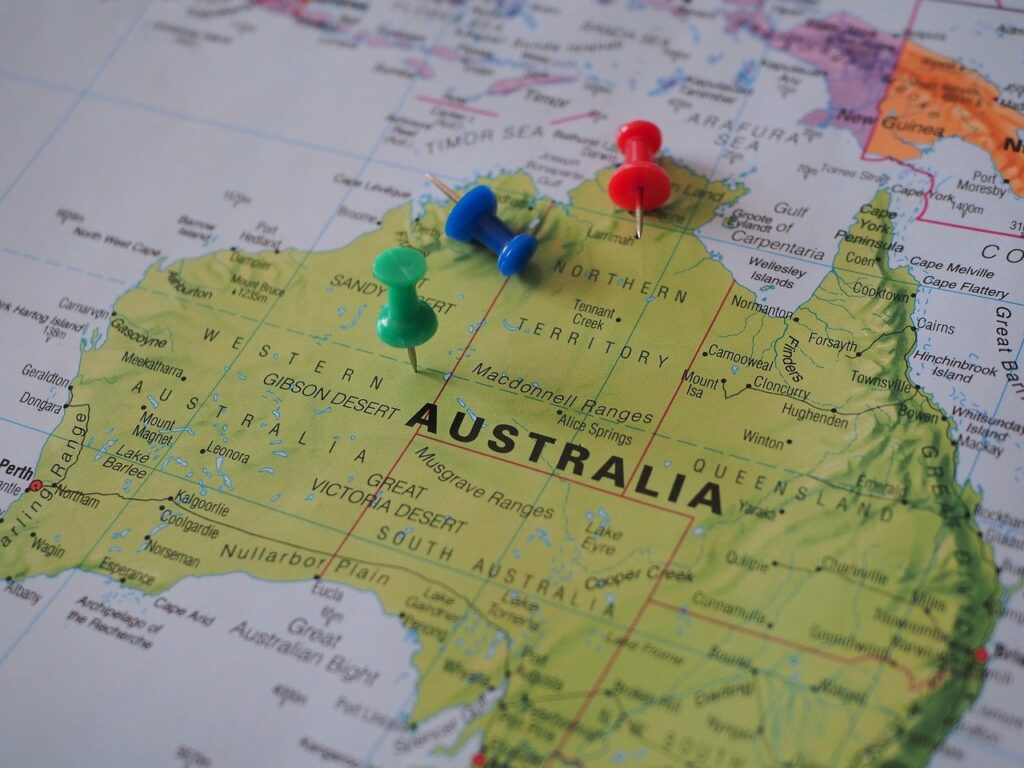Japan’s largest oil and gas exploration and production company, Inpex, is making significant strides into the renewable energy sector with a $1.25 billion investment in Australian renewable energy projects by 2030.
This move aims to create a green hydrogen export hub while aiding the decarbonization of the Ichthys natural gas and LNG project.
Inpex began its renewable energy journey in September 2023 by acquiring a 50% stake in Enel Green Power Australia (EGPA), a subsidiary of the Italian utility giant Enel. This partnership marked Inpex’s entry into the Australian renewable energy market, culminating in the announcement of the Quorn Park Hybrid Project’s final investment decision (FID) on 14 June 2024. The project combines a 98 MWdc photovoltaic system with a 20 MW/40 MWh battery energy storage system (BESS), designed to stabilize grid supply and maximize revenue.
The Quorn Park Hybrid Project, with an investment of $190 million, is poised to be one of Australia’s most advanced hybrid renewable projects. Scheduled for completion by early 2026, it aims to provide stable and efficient solar power. However, it is essential to contextualize this project within the broader industry. While advanced, similar projects in the region and globally often surpass these capacities and technological integrations, suggesting that Quorn Park, though significant, may not set a new benchmark in the industry.
EGPA currently operates several renewable projects in Australia, including three solar plants with a combined capacity of 310 MW and a 76 MW wind project. The joint venture plans to expand its renewable capacity to between 2,000 and 4,000 MW by 2030. This ambitious target is commendable but should be critically compared to similar global initiatives. For instance, other energy giants are setting even more aggressive targets, pushing the boundaries of renewable integration and capacity expansion.
Post-2030, some of the renewable energy generated is expected to support the Ichthys natural gas project by reducing its reliance on gas-powered generators. In 2023, Ichthys accounted for half of Inpex’s 7 million tons of greenhouse gas emissions. While integrating renewable energy is a step in the right direction, Inpex’s reliance on carbon capture and storage (CCS) technology highlights the ongoing challenges in fully transitioning to green energy.
Inpex is also exploring the production of green hydrogen, which could be combined with CO2 to create e-methane. This process, while innovative, faces significant technical and economic challenges. The market for green hydrogen and e-methane is still developing, and large-scale adoption requires substantial advancements in technology and infrastructure.
Inpex’s investment, while substantial, should be viewed within the global context. Companies like BP, Shell, and TotalEnergies are making similar, if not larger, investments in renewable energy and green hydrogen. These companies are also setting more aggressive timelines and broader scopes for their renewable projects, often incorporating innovative technologies and large-scale integrations.
Inpex’s renewable energy initiatives, particularly in Australia, position the company as a growing player in the sector. However, the sustainability and scalability of these projects remain to be seen. The company’s reliance on joint ventures and regulatory support underscores the need for a more robust and independent renewable strategy.
